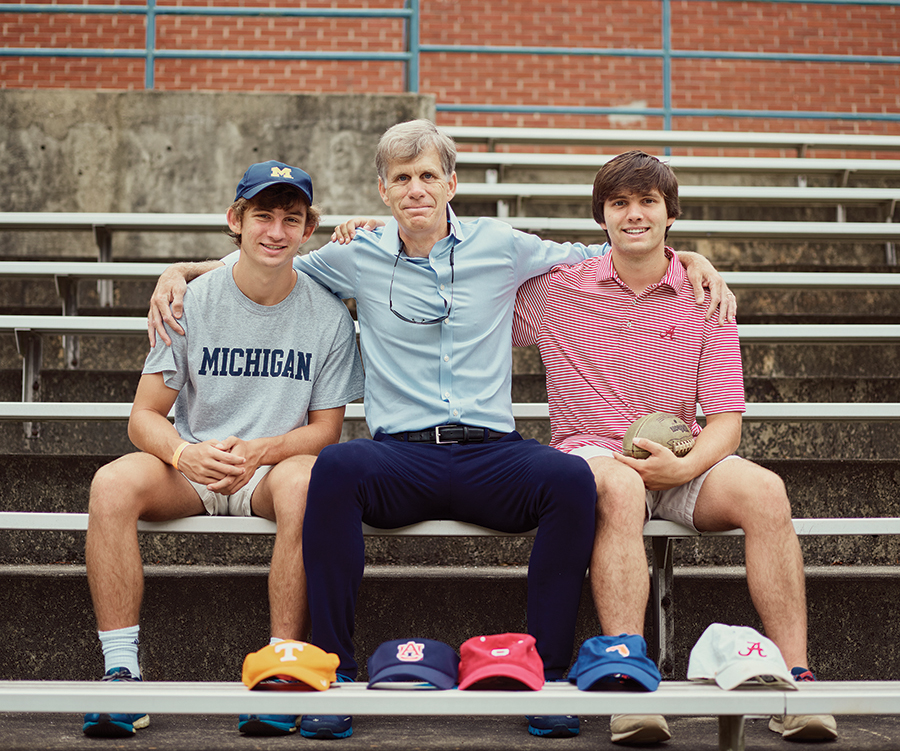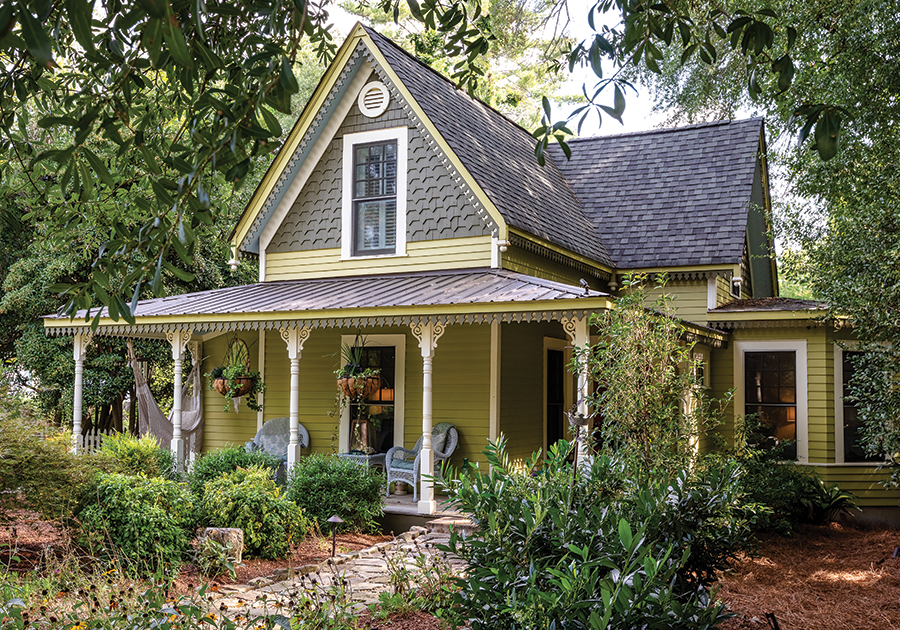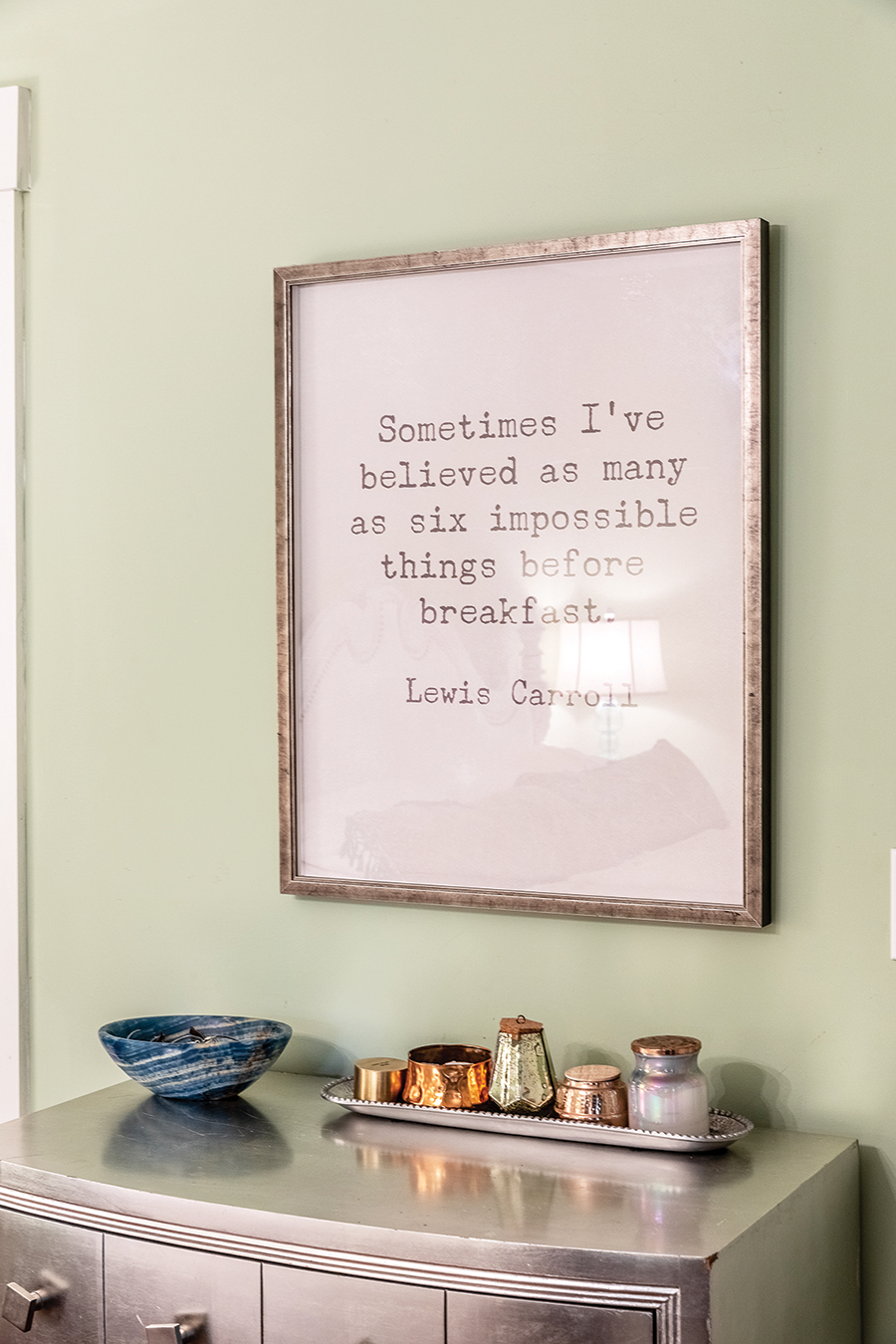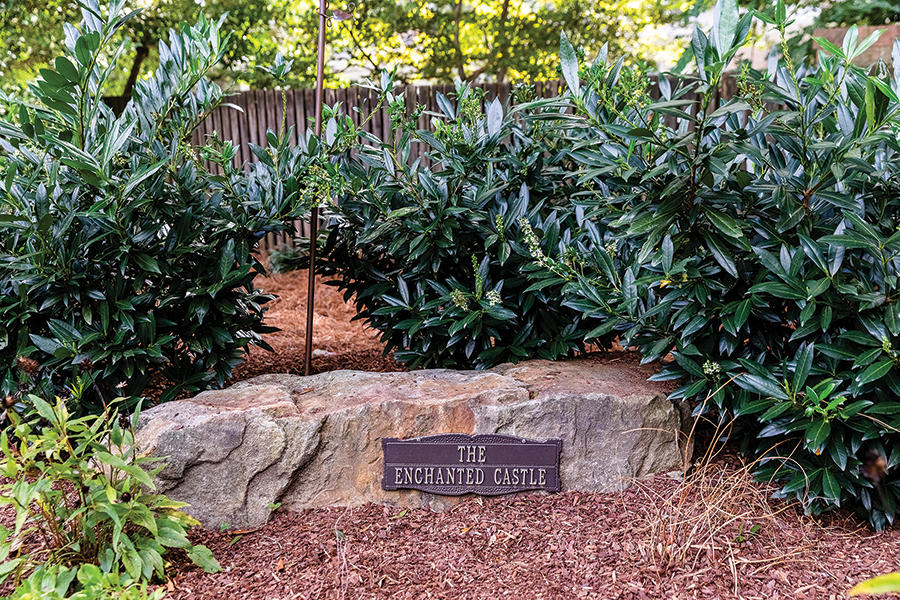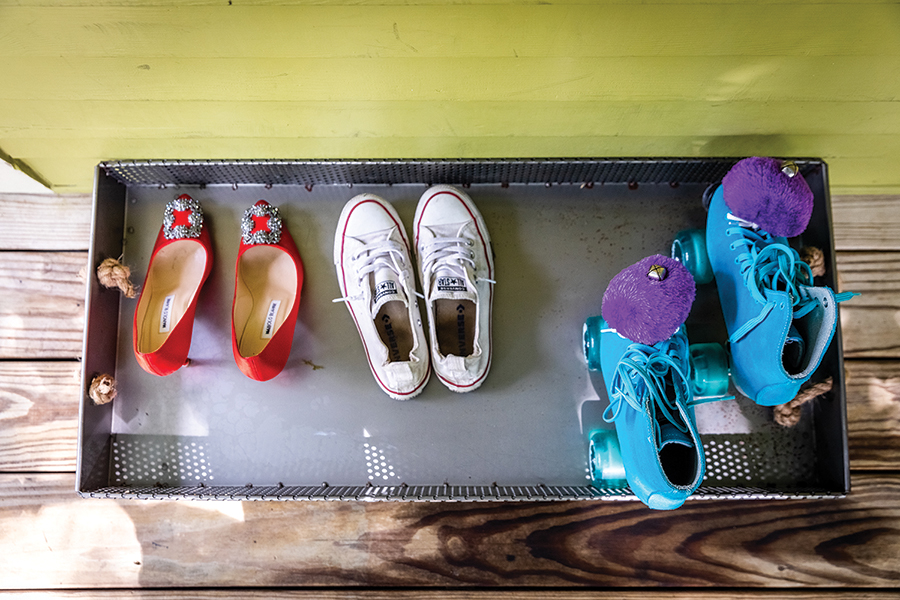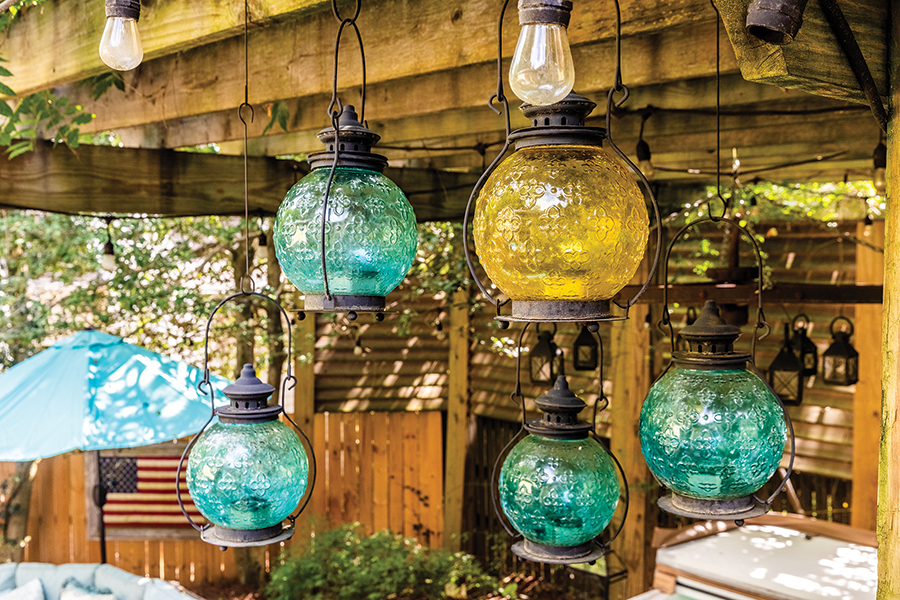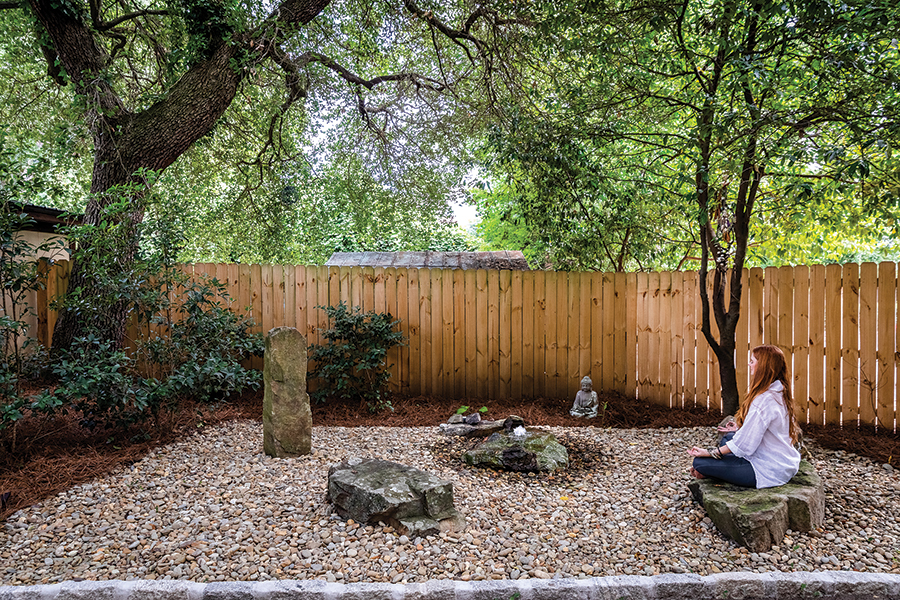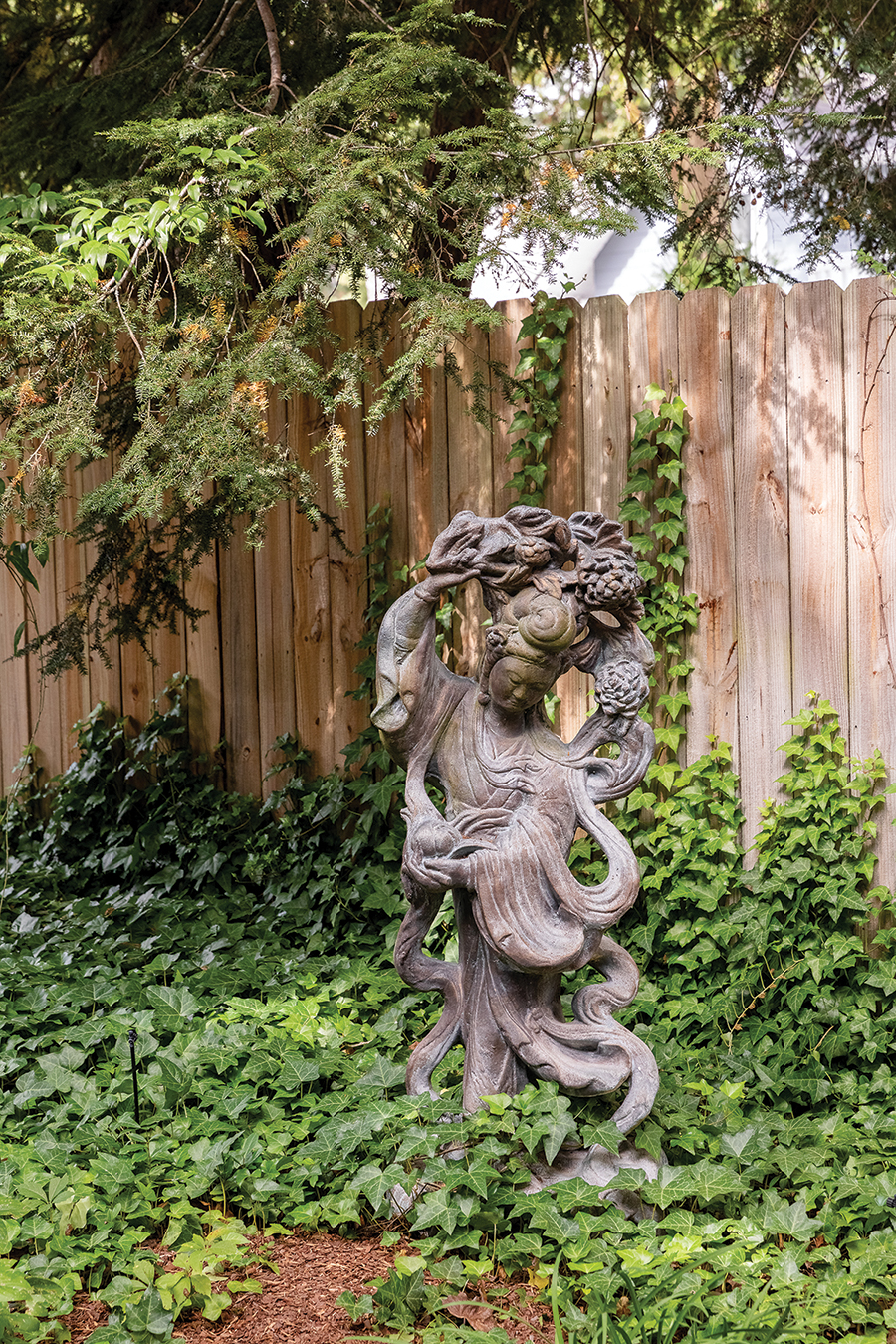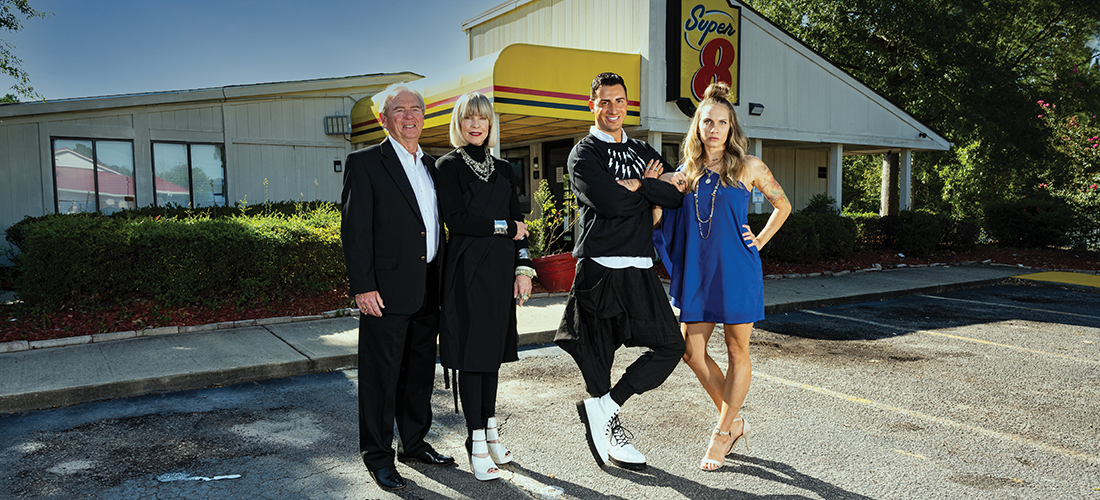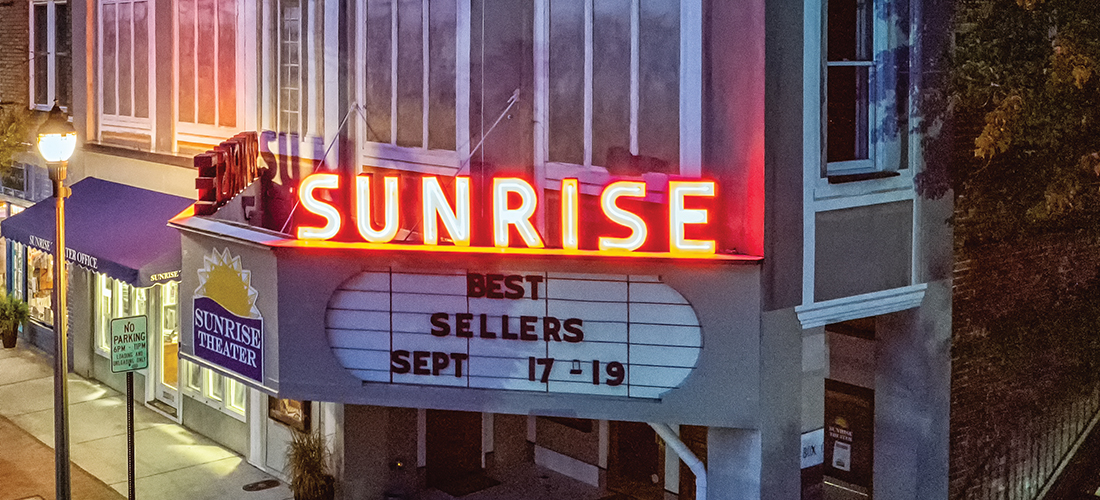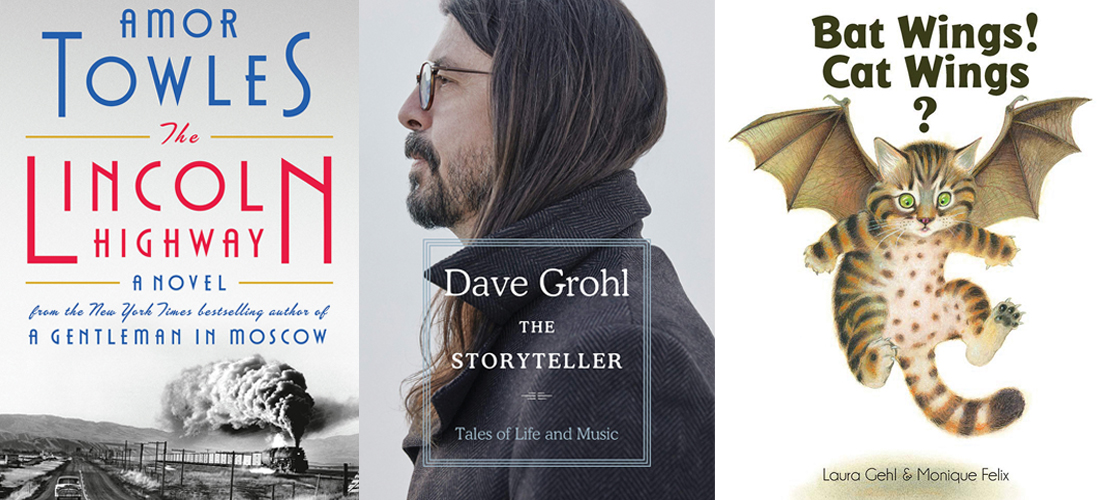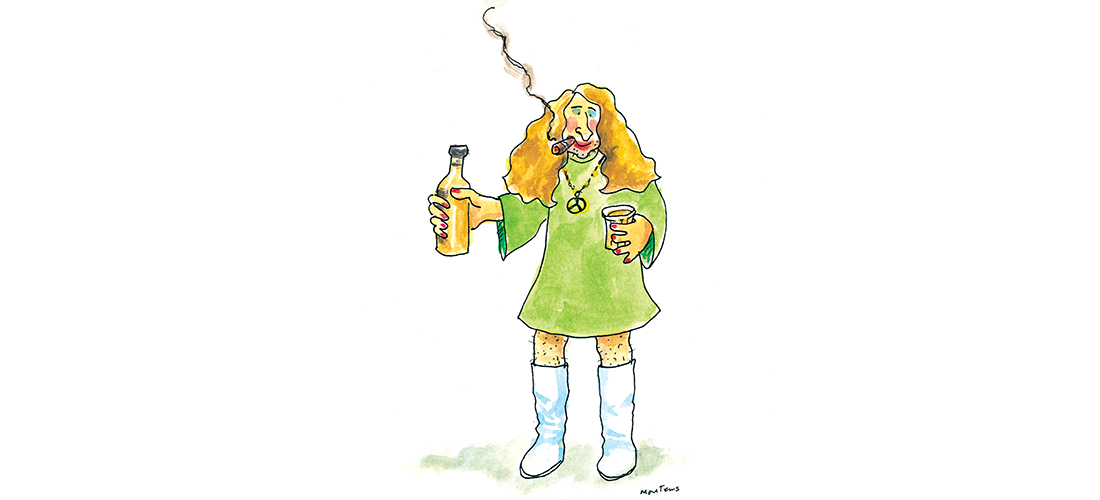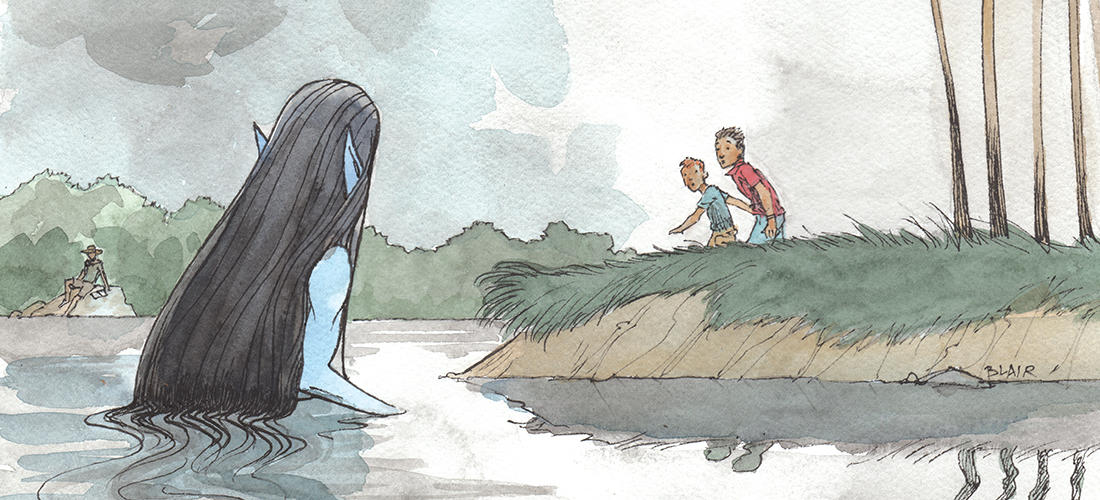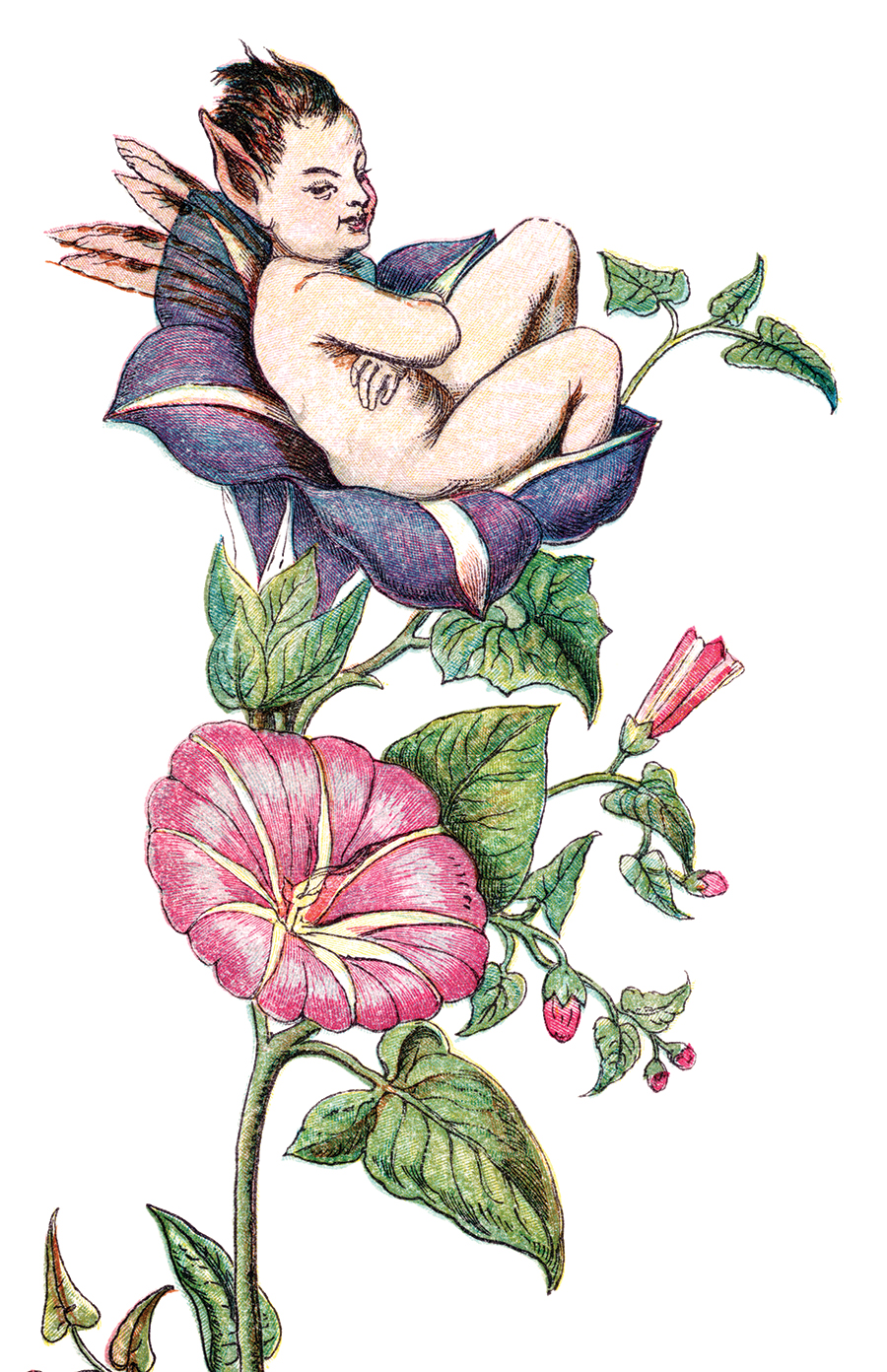A football odyssey for a father and his sons
By Charles Marshall • Photographs by Joshua Stedman
Growing
up in North Carolina, my life unfolded along a well-worn path of I-85 between Atlanta and Washington, D.C. In the sporting world, this is ACC territory, with the possible exception of exit 106, the gateway to Athens. For the most part, the college towns of the SEC and the Big 10 remained remote outposts in lands beyond the exits I knew so well. Some had strange sounding names like Tuscaloosa, or stadiums menacingly referred to as The Swamp.
One Saturday in November 2009, the sights and sounds of Georgia battling Auburn on TV were juxtaposed with my elementary school-age kids — Foster was 7 and Drake was 5 — slamming doors, tearing apart train tracks and bouncing balls. I thought about the decade I had before the oldest would leave for college, and I began recalling the allure of the old-school car trips of my youth. AM radio, hotel pools, breakfast buffets, souvenir T-shirts to show off back at school, and the long unbroken spells of time where, if you’re lucky, kids begin to talk to you about things that really mattered.
Once I began mapping routes to the meccas of SEC and Big 10 football, I realized most were less than a full day’s drive away. If I could grab an unsweetened tea by 6 a.m., my boys and I could transport ourselves into the scenes I’d spent years watching from my den. So, we would go. Ten years, 10 stadiums, 10 games. The only rule was that we had to drive.
Year One: Alabama 23, Ole Miss 10
I met my friend Britton Stutts at a summer camp near Brevard, North Carolina, when we were both 14. He was from Birmingham, Alabama, and I was from Charlotte, North Carolina. We kept in touch over the years. We were even in each other’s weddings. He went to college at the University of Alabama. I went to UNC-Chapel Hill. Britton was the obvious person to jump-start our tour.
His parents decked out my boys in ’Bama gear, and we rode to Tuscaloosa together for the 9 p.m. kickoff. After a buffet meal at a fraternity that had the feel of being at someone else’s family reunion, we strolled through the campus and its manicured quads on a clear, cool October evening before settling into our seats in Bryant-Denny Stadium. Myself, Foster, Drake and 100,000 other people. Only two of our seats were together, so the three of us crammed into them. After the national anthem, during the fevered anticipation of kickoff, I knelt in front of my boys and shouted to them over the crowd that we were going to do this every year for the next 10 years. They stared at me and nodded.
Alabama’s Greg McElroy threw two touchdown passes. The games were on.
Year Two: Florida 33, Tennessee 23
Foster loved Tim Tebow, so Florida was an easy next choice. Without a host family like we had at Alabama, we would be making it up as we went along. Because the night before a game, hotels in college towns cost more than a hip replacement, we stayed in Jacksonville and drove into Gainesville in the morning — without GPS or a clue. We paid $30 to park in the front yard of an older woman’s single-story white house. She took our money seated in a lawn chair and, in an act of kindness, let us use the bathroom inside her home.
We went off hunting and pecking our way through Florida’s sprawling campus, embarking on what would become a long-suffering tradition of watching Drake agonize over what fan gear he would purchase. After sorting through racks and racks of gear at several stores, an orange T-shirt from a stadium vendor that simply said “Gators” made his day.
It was mid-September, hot and muggy for the late afternoon, nationally televised game. We watched the sun go down in the fourth quarter over the corner of the orange-colored stadium that said “WELCOME TO THE SWAMP,” and suddenly being there in person seemed surreal.
Year Three: Georgia 48, Vanderbilt 3
On a spin through Atlanta the night before the game, we stopped at The Varsity, a legendary hot dog joint, and the World of Coke, the museum of the global cola icon, and went to the Midtown Music Festival, where we saw the Avett Brothers and Foo Fighters with 50,000 other people.
Our seats for the September evening game “between the hedges” in Sanford Stadium in Athens were behind a colorful array of fraternity kids with an equally colorful vocabulary. A bigger impression was the cheering for Todd Gurley and Keith Marshall, two North Carolina high school standouts who played running back for Georgia. Foster wondered aloud why UNC didn’t land them but the reality began to sink in — in 2012, this was a bigger stage. Vanderbilt was supposed to make the game competitive, but they failed miserably.
We left at halftime only to find the car’s battery dead — the biggest disaster of our vagabond decade. It took a good two hours to solve the issue as my boys watched me alternate between problem-solving, frustration and fury. Once we were on the road we drove as far as Commerce, Georgia, where we rented a hotel room and watched the end of the Florida State-Clemson game on television while an oversized roach crawled across the ceiling.
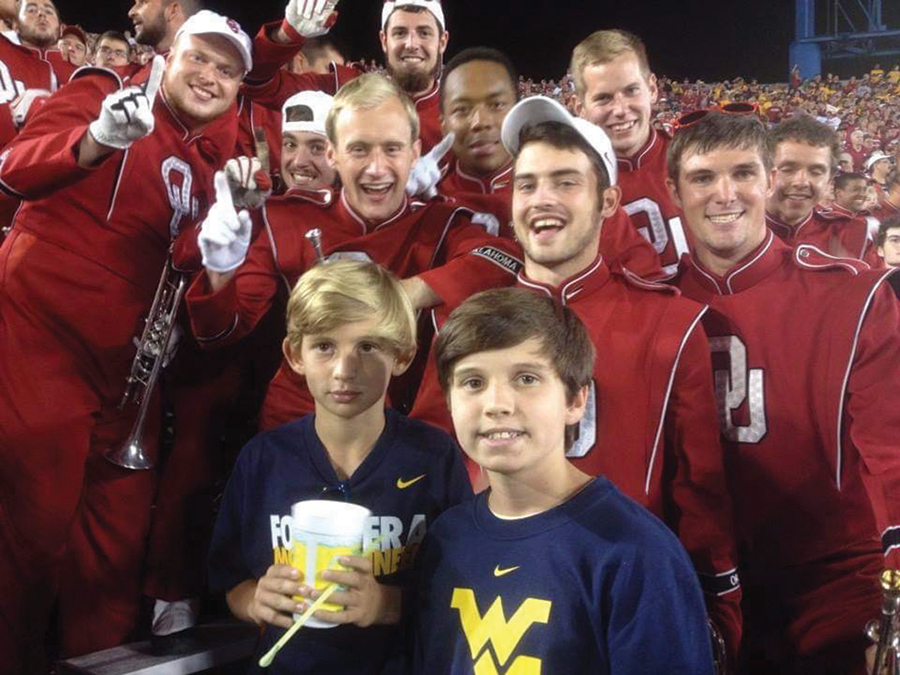
Year Four: Ohio State 31, Wisconsin 24
On the way into Columbus we listened to a local sports talk radio station deconstructing in mouth-watering detail how to eat a particular corned beef and pastrami sandwich from a particular downtown deli. Sadly, it was closed by the time we rolled into town, and we had to settle for chicken wings and cornhole in a brewpub across the street from our hotel.
In the SEC, tailgaters often bring elaborate spreads of pre-cooked food and avoid firing up charcoal on 100-degree days in a crowded asphalt parking lot — a rookie move that once betrayed my ACC roots. The Big Ten, on the other hand, is where meat goes to get burned. As we walked through the Ohio State campus on a glorious Saturday morning, the tailgaters were already busy. One was serving ribs and brats hot off the grill by 9 a.m. The heavenly odor was everywhere, in parking lots, in grass lots, and floating in the spaces in between. The tailgating particularly piqued the interest of my son, Foster, leading to our own charcoal-cooking experiments at home testing an array of homemade sauces and rubs on friends and neighbors.
Urban Meyer was in his second season coaching Ohio State and had yet to lose a game. Among the 105,000 or so fans in “the Horseshoe” for the 8 p.m. kickoff was a guy seated right behind us who went on and on about how Meyer couldn’t hold a candle to Jim Tressell as a coach because Meyer “hadn’t scheduled anybody any good.” It was a reminder of the impossibility of coaching college football. You’re undefeated and you’re still a bum.
Year Five: Oklahoma 45, West Virginia 33
“But have you seen a game in Morgantown?”
I’d heard about the beer, the moonshine and the burning couches. So why not take your kids to see what the fuss is all about? If Morgantown seemed deserted before the 7:30 p.m. game, it was only because everyone was in the parking lot of Mountaineer Stadium. We found a tailgate of a friend of a friend of a friend — who wasn’t even there — and I was immediately offered beer and moonshine out of a Mason jar. We were surrounded by friendly strangers sipping from similar jars and spewing profanities about Pitt. “Dad,” one of my sons said to me quietly, “they aren’t even playing Pitt today.”
The game was as boisterous and fun as I’d imagined. Our seats were on the end of an aisle across from the Oklahoma band. The band would play Boomer Sooner right up to the snap of the ball, but the West Virginia fans angrily accused the band director of playing past the snap. There was a fight brewing and the police were summoned but, overall, the atmosphere was exhilarating — and the fans were warm and hospitable toward my boys throughout the game.
Oklahoma was ranked second in the country, and the expectations for an upset were off the rails. On the way into town, the local sports radio station was inviting callers to predict the outcome of the game by imagining what the headline in the newspaper would be the next day. The forecasts were creative, funny, irreverent, and wrong. West Virginia put up tons of points, but Oklahoma put up more.
On the way out of town, my boys announced that since we had made it through a West Virginia game “we could probably handle LSU.”
Year Six: Arkansas 24, Tennessee 20
My sons and I thought we were geniuses for picking this game. Both teams had new coaches and were supposedly “on the rise,” and this was to be the year for each. Their favorable schedules made it seem possible both could come into this early October game unbeaten, making an ESPN Game Day visit to Knoxville feasible. But here was Tennessee at 2-2 and Arkansas at 1-3. It rained and rained and rained but we marched ahead — to Calhoun’s On the River for amazing ribs, chicken, potatoes and dessert; past the Vol Navy; through campus and “accidentally” through the off-limits practice facilities. (They thought we were boosters on an exclusive tour.) We even stood outside to watch the Vol Walk in a downpour. So, it became an important game anyway.
The rain let up for the 7 p.m. kickoff and the teams fought until the last set of downs. The visitor wins.
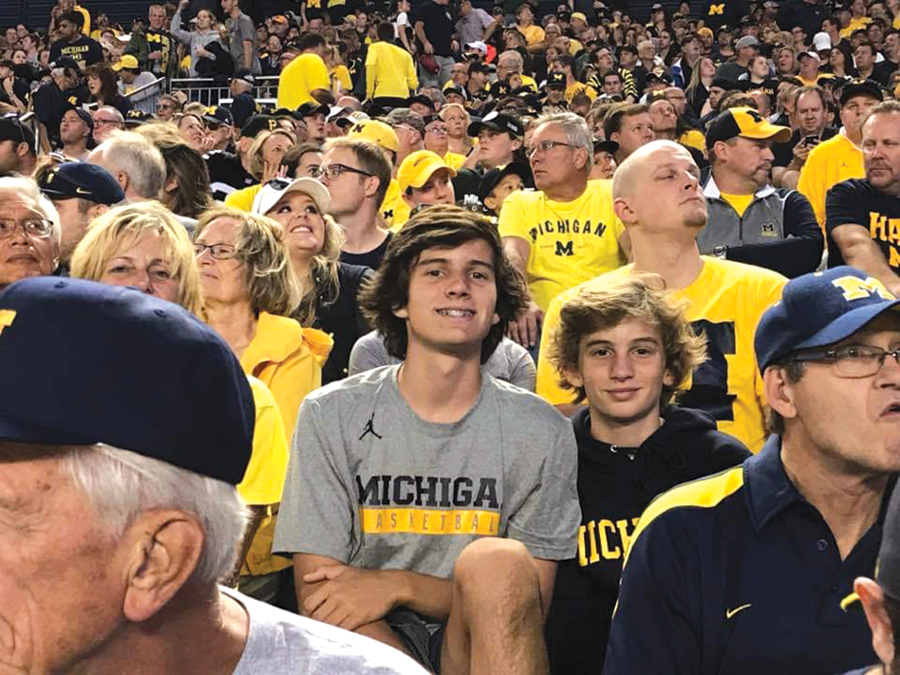
Year Seven: Penn State 24, Ohio State 21
We invited my father as well as my brother and his two boys to join us. We toured the hallowed grounds of Gettysburg National Military Park the day before the game. Three generations of our family learned about the heroism of the 20th Maine on Little Round Top, walked in the footsteps of Pickett’s Charge, and solemnly listened as the tour guide detailed the mind-blowing carnage on both sides.
The drive from Gettysburg to State College is a seat-burner. After the farms come long stretches of forest, mountains and hairpin turns. Beaver Stadium is a mammoth structure even when judged against the other massive stadiums we had already visited. It reminds you of a giant erector set. We got swept up in the pre-game “whiteout” hysteria where the entire stadium dresses in white. We purchased some last-minute gear and thought it smart to settle into our seats an hour early for the late October game. Wrong. It was in the low 40s with 20-mile-per-hour winds and rain destined to turn to sleet. We were frigid.
The game, though, was electric. It proved to be a breakout for both quarterback Trace McSorely and running back Saquon Barkley. By halftime we had been in our seats almost three hours, the sleet was coming down hard, and the hot chocolate had run out. When I suggested we consider watching the second half from the hotel, my dad was willing to brave the elements but my son, Drake, dressed only in a sweatshirt, eagerly led the way out. Ninety minutes later we were in a temperature-controlled hotel room in Altoona watching Penn State pull off the upset of the year.
As the fans stormed the field, my son — the same one who had blazed our trail out — was in full denial, blaming the rest of us for leaving and promising he would have stormed the field, too.
Year Eight: Michigan State 14, Michigan 10
It’s a long way to Ann Arbor, but during the last hour of our drive we learned the Pistons were playing a preseason game against Atlanta in Detroit. While my boys bought tickets online, I navigated the downtown parking. Within minutes we were inside the arena enjoying footlong hot dogs, nachos and some impromptu NBA basketball.
On campus the next day, we stumbled onto a midday fraternity party in full swing. Boozy undergrads were taking a sledgehammer to an old car that was painted in Spartan colors and logos. When a drunken Michigan State fan tried to intervene and stop the destruction, a fight broke out and spilled into the street. In the midst of this early afternoon chaos and tomfoolery, Drake observed, “I thought it was hard to get into Michigan.” I couldn’t think of an answer that would have made any sense in that moment.
The Big House was everything that has been said about it. That evening 100,000 fans sat in a single bowl with the intimate feel of a giant high school football game. The game quickly retreated into a defensive struggle that ended in an unseasonably warm October downpour during the fourth quarter.
The drive home to Raleigh was long and somewhere in southwest Virginia, we stopped at a Shoney’s breakfast bar. The waitress brought me a note from an anonymous customer — who had already left — thanking me for spending time with my boys and paying for our breakfasts. My boys were awed by the charity, humility and anonymity of the act. It spoke more to them than a thousand words from me.
Year Nine: LSU 22, Auburn 21
This was our penultimate year and Foster was a junior in high school, so we were touring colleges. My wife, Fraley, and our daughter, Sadler, wanted to come along for this one. We fled Hurricane Florence in North Carolina and arrived in Auburn for what my wife still refers to as the hottest day she’s ever endured. September. Alabama. 93 degrees. A 3:30 p.m. kickoff.
By this point, my sons were tailgate aficionados. Unimpressed by the companies that do everything for you, they gave high marks to the families slogging their own gear and setting up their own space. This was a game played before Joe Burrow was Joe Burrow, but I vividly remember him throwing the ball downfield several times on LSU’s first possession. My sons had fantastic lower bowl seats while my wife and daughter and I were five rows from the top of the second level. The young alumnus next to my wife celebrated each successful play with a swallow of bourbon and repeatedly offered her a swig — which she declined. Eventually he had to be escorted out by friends. A few minutes after that LSU escorted Auburn out with a walk-off field goal to win.
As night began to fall, we passed a woman packing her family’s tailgating gear into an SUV by herself. Her crew had undoubtedly spent all week planning the food, the drinks and the decorations, cooked all day and night on Friday and got up early to pack the car, only to spend the entire day setting up, hosting, cleaning, breaking down, and now loading up for the drive home. Maybe those companies aren’t so bad after all.
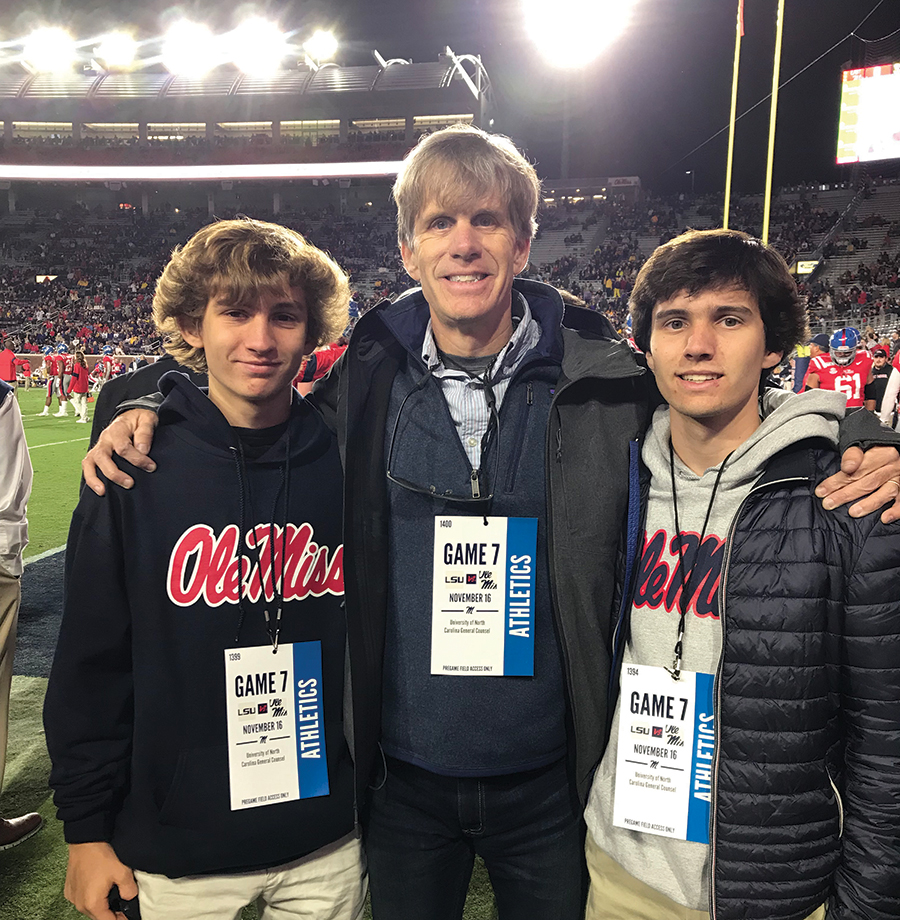
Year Ten: LSU 58, Ole Miss 37
Foster is a high school senior now, so this was his year to pick the game. He chose Oxford, Mississippi, and we invited two of his closest friends plus their dads and younger brothers. We had Friday lunch on the Square, caught a basketball game on campus Friday night, and walked through The Grove — the tailgate area in the center of campus — where SEC Game Day was setting up shop.
The next morning the dads fixed breakfast and sent the boys on foot to see Game Day live while we watched it on television. By lunch The Grove was wall-to-wall tents decked out with rugs, televisions, and button-down shirts with blazers. We knew some North Carolina friends hosting a large tailgate with their Memphis relatives and used that as a sort of headquarters.
Around 4 p.m., I made up an excuse to march my boys to the stadium three hours early. When we got there, we were greeted with pre-game access lanyards and made our way down to the field as guests. We walked around both sidelines taking in the sights and sounds of warm-ups as the atmosphere began to build. Recruits were ushered onto the field, and then the players began coming out in full game gear.
As the sun began to set, I tried not to ruin the moment with a mistimed life lesson. When the game started, we were back up in our seats. At one point Drake went to the restroom, still wearing his field pass. A fan mistook him for a recruit, and he couldn’t have been happier to tell the rest of us. When I suggested that it would be hard to mistake an undersized high-school sophomore soccer player for an SEC football recruit, he clarified that the fan “thought I was a kicker.” This was a game when Joe Burrow had become Joe Burrow, and it was like watching an NFL team.
The next day we began a 13-hour drive with the best doughnuts I’ve ever eaten on one of the best mornings I’ve ever had.
Before
we left home for that final game, I asked my boys if they remembered my commitment to them in Bryant-Denny Stadium that we would go to a different game every year for 10 straight years. They both remembered thinking that I was serious but that I was unlikely to make good on my plan. It was a fair point — I have always been stronger on the idea side and weaker on the execution.
That winter, my wife and I returned to Tuscaloosa with Foster for a final college visit. It was sunny, in the mid-60s, and we saw Alabama’s basketball team beat a ranked LSU-team in the final minutes. After a lively dinner at Taco Mama’s and another evening stroll through the campus, Alabama was his final answer.
I wondered whether these annual adventures shaped his college search more than I imagined or intended. Did they make big schools seem less intimidating? Was there something about the first trip to Alabama that held a special foothold in his memory? My son confesses that he doesn’t really know, and in the end, it doesn’t really matter. What matters are the memories that we made together — late nights in the tiny hotel pools, the glories of a breakfast bar, listening to a high school football game on the radio, and the long, unbroken stretches of time where, when I was lucky, my boys began to talk about things that really mattered. PS
Charles Marshall is a lawyer who lived in Southern Pines with his family during the pandemic so that his son and daughter could attend The O’Neal School. He still has the sand in his shoes.
